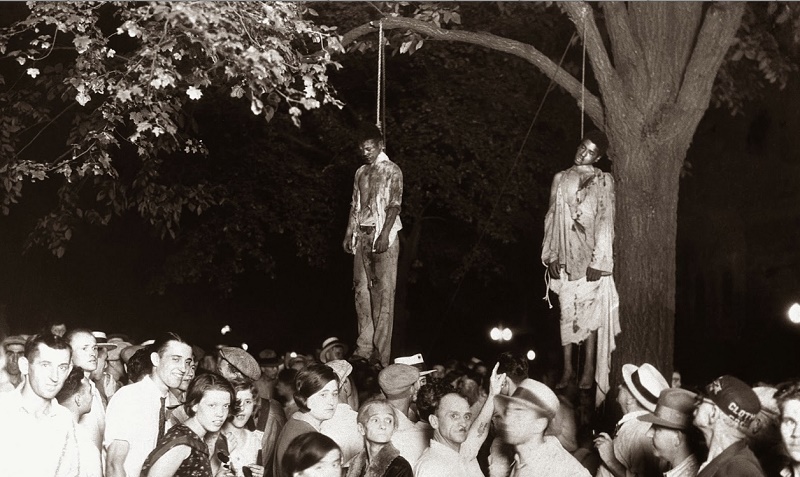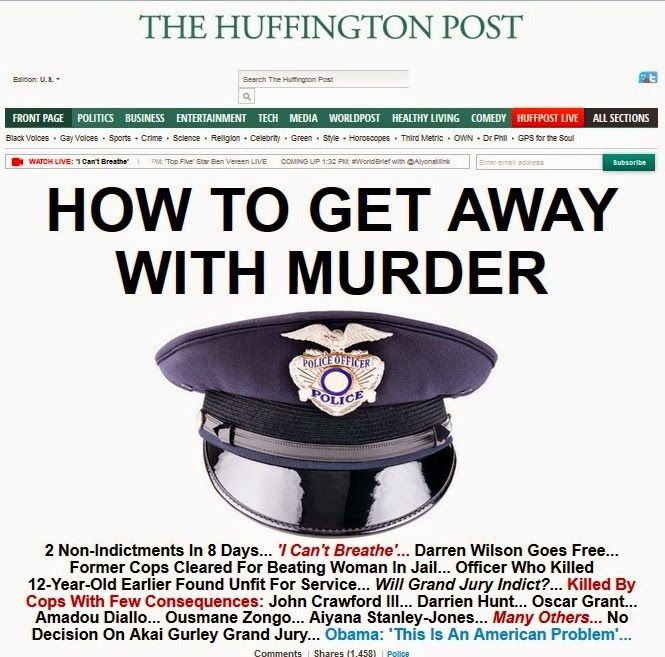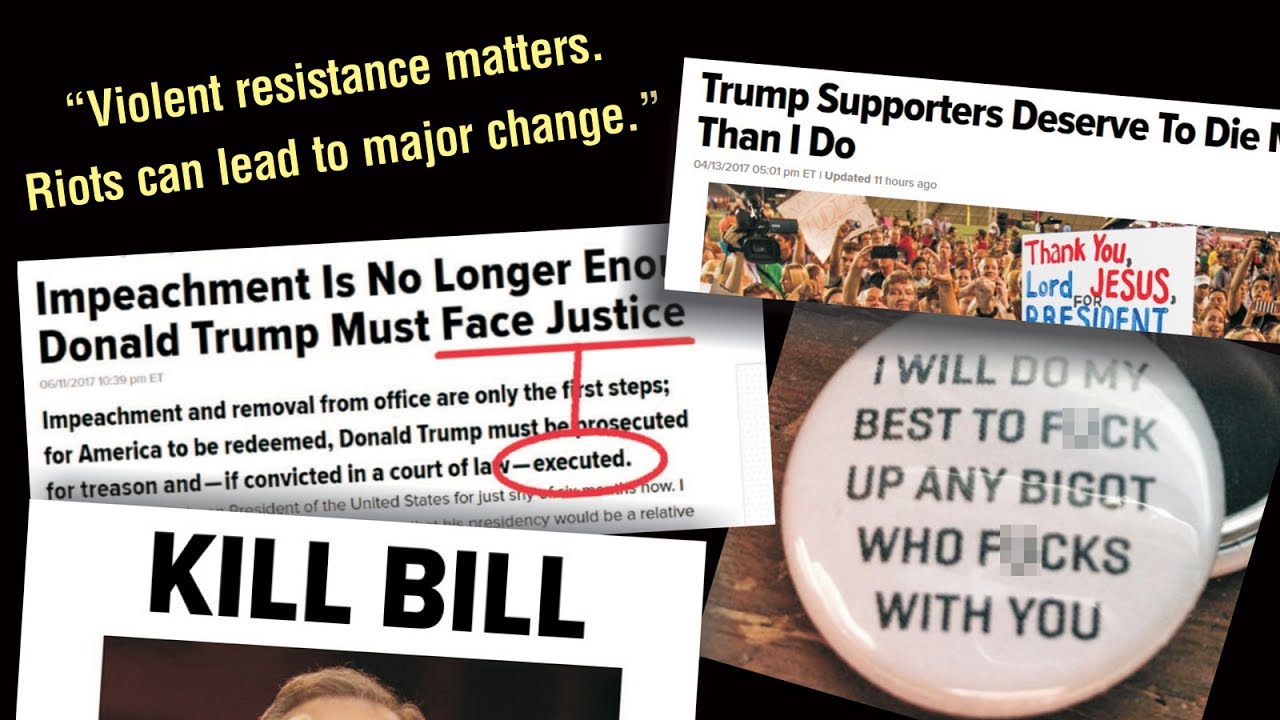.
Many American people, schools and corporations are concerned about the rise of what is referred to as “hate speech,” especially when it helps lead to the perpetration of “hate crimes.” But if one asks ten people what “hate speech” actually is, one is likely to get ten different answers, because they often depend on the biases and personal experiences of the respondent. Similarly, there is a general lack of a commonly-accepted definition of a “hate crime.”
Given the importance of these issues, which are addressed in SaveTheWest’s report, “The Huffington Post: Ground Zero of the Alt-Left’s Hate Speech, Incitement, Racism and Anti-Semitism,” we produced this page to present a compilation of legal and dictionary definitions of these terms.
(1) Background: Others’ definitions of “hate speech” — including HuffPost’s
(2) Our working definition of “hate speech” — and an example, from HuffPost
(3) Our working definition of a “hate crime”
(1) Background: Others’ definitions of “hate speech” — including HuffPost’s
The Oxford Dictionary defines hate speech as:
“Abusive or threatening speech or writing that expresses prejudice against a particular group, especially on the basis of race, religion, or sexual orientation.”
The American Bar Association’s definition closely matches Oxford’s. The Supreme Court considered a case in 1952, Beauharnais v. Illinois, in which hate speech was defined as expressions that smear and incite hatred against an entire category of people; specifically, that:
“portrays depravity, criminality, unchastity, or lack of virtue of a class of citizens, of any race, color, creed or religion”
Facebook defines it as:
“slurs or racial comments of any kind; (2) attacking based on a protected category; [and] (3) hate symbols”
HuffPost defines itself as a “safe space for individuals, groups and their ideas.” To facilitate this “safe space,” HuffPost claims that it prohibits “hate,” which it defines as:
“purposefully insulting and hostile language… [or] directly or indirectly threaten[ing] the physical or mental well being of… any individual or group”
Wikipedia defines “hate speech” as:
“Hate speech is speech which attacks a person or group on the basis of attributes such as race, religion, ethnic origin, sexual orientation, disability, or gender. […] It is defined as speech, gesture or conduct, writing, or display [that] incites violence or prejudicial action against… [an] individual on the basis of their membership of the group, or because it disparages or intimidates a protected group, or individual on the basis of their membership of the group.”
(2) Our working definition of “hate speech” — and an example, from HuffPost
We submit that given (a) The above definitions, and (b) The fact that as our report documents, HuffPost has been employing hate speech for a long time, in both a traditional sense, as well as against its political enemies, due to their political orientation or occupation, that the following is a reasonable working definition of “hate speech”:
Expressions that vilify, dehumanize and/or incite hatred or violence against a person or group of people, based on their race, ethnicity, religion, national origin, sexual or political orientation, occupation, or other attribute they share with the broader group.
Based on this definition, we contend that an example of “hate speech” would be the following, which HuffPost published on its front page on December 14, 2014:

Our rationale is as follows:
- The headline copy smears and incites hatred against all American police officers, implicitly accusing them all of being murderers, based on allegations against a comparably miniscule minority (most of which are later found to be untrue, or grossly exaggerated).
- HuffPost sought out and selected a featured image to associate with its screed that depicts a person with their hands up, in front of what appears to be a row of police scooters, implying that this person is at risk of being murdered by these police officers, while apparently trying to surrender, or at least comply with their commands.
- The likely reason for HuffPost’s constructing the headline copy and image in this way was to continue spreading the proven lie that Michael Brown had his hands up, and was asking Ferguson, MO police officer Darren Wilson, “Don’t shoot!,” yet Wilson shot and killed him anyway — an act that HuffPost falsely claimed was “murder.”
- HuffPost knew, or should have known that “Hands up, don’t shoot!” was a lie before it published this hate article. A number of credible national publications revealed the evidence, including this item, published by National Review, on December 4, 2014 — ten days earlier. Yet HuffPost, which runs one of the largest “news” rooms in America, and demonstrates its ability to find and give front-page coverage to obscure items from the farthest reaches of the world — including Patrick, the elderly Australian wombat, who died a virgin — would have us believe that it had no idea that weeks earlier, the “Hands up, don’t shoot!” claim was proven to be an incendiary lie, that could only be helping to get innocent police officers murdered.
These facts, combined with HuffPost’s long-term pattern of inciting hatred and violence against police officers, supports our contention that this incident was hate speech, that can only serve to help to incite and justify the rash of assassinations of police officers that began in the following weeks and months, and which continue to this day — almost all of which HuffPost ignores.
(3) Our working definition of a “hate crime”
What is a “hate crime”? The FBI defines it as:
“A criminal offense against a person or property motivated in whole or in part by an offender’s bias against a race, religion, disability, sexual orientation, ethnicity, gender, or gender identity.”
While hate speech does not always lead to hate crimes, hate crimes are almost invariably preceded by widely-distributed hate speech. Two historical examples from the early 20th century illustrate what can happen when hate speech becomes spread so extensively, and its victims so thoroughly dehumanized and vilified, that it leads directly to hate crimes:
- Black Americans being harassed, discriminated against and physically attacked in the South
- The Holocaust, in which one-third of the world’s 18 million Jews were murdered

Note that these crimes were almost invariably perpetrated not because any of the victims had done anything wrong, but merely because of the individual’s appearance, mannerisms, or membership (or suspected membership) in the targeted group.
Similarly, this report documents the fact that since January 2016, there have been more than 130 hate crimes perpetrated on American soil against people in the following groups:
- People who hold right-of-center political views
- American police officers
- American soldiers
The dividing line between defining these acts as mere “crimes,” and “hate crimes,” is that the victims in these incidents were attacked because of:
- Who the victims were perceived to be (eg: suspected Trump supporters)
- Where they happened to be at the moment (in proximity to a conservative demonstration)
- Because of the uniform they were wearing (as in the case of America police officers and soldiers)
SaveTheWest’s special report documents the fact that HuffPost has been using its significant reach and influence to help incite the hatred against these groups, and has even explicitly justified the use of violence to advance the radical leftist political agenda. The video below (4 minutes) is a sampling. See detailed documentation here.
SaveTheWest contends that while the FBI’s current definition of a hate crime is a good starting point, given recent events, particularly regarding HuffPost’s “jihad” of hate speech and incitement against those in the above groups, two more identity groups should be added to it:
- Political orientation
- Occupation
Thus, our working definition of a “hate crime” would be articulated as:
“A criminal offense against a person or property motivated in whole or in part by an offender’s bias against a race, religion, disability, sexual orientation, ethnicity, gender, gender identity, political orientation or occupation.”
.
.
.



